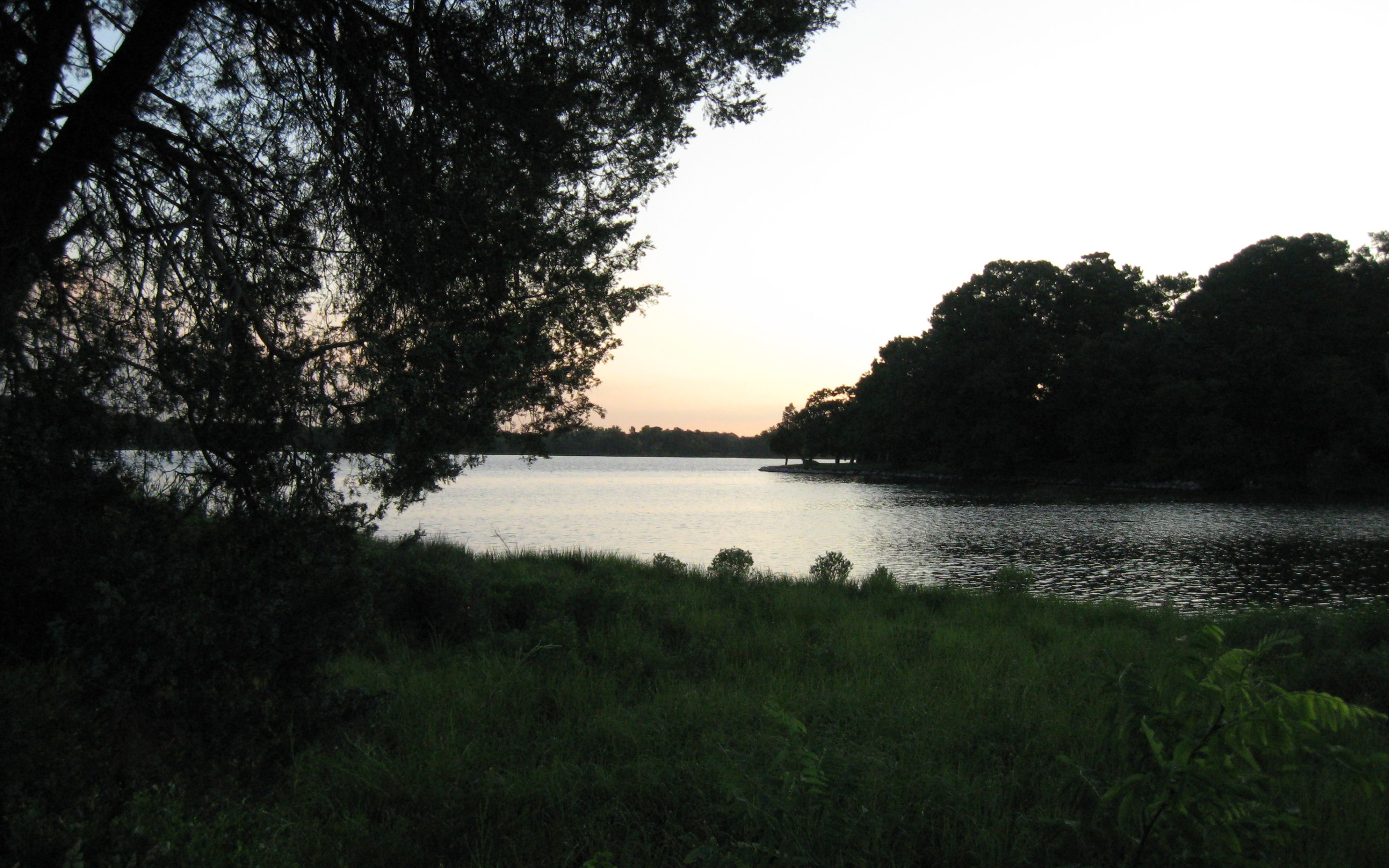Content

Rachel Carson’s “Silent Spring”
- A Tributary to the Chesapeake Bay, Eastern Shore, MD Courtesy: CarlisleFlowers
Rachel Carson was a biologist and editor on the staff of the U.S. Fish and Wildlife Service from 1936 to 1952. She is the author of “Under the Sea-Wind” (1941) and “The Sea Around Us,” (1951). In 1962, “The Silent Spring” appeared. Ms. Carson quotes E.B. White in the preface of Silent Spring: “I am pessimistic about the human race because it is too ingenious for its own good. One approach to nature is to beat it into submission. We would stand a better chance of survival if we accommodated ourselves to this planet and viewed it appreciatively instead of skeptically and dictatorially.”


